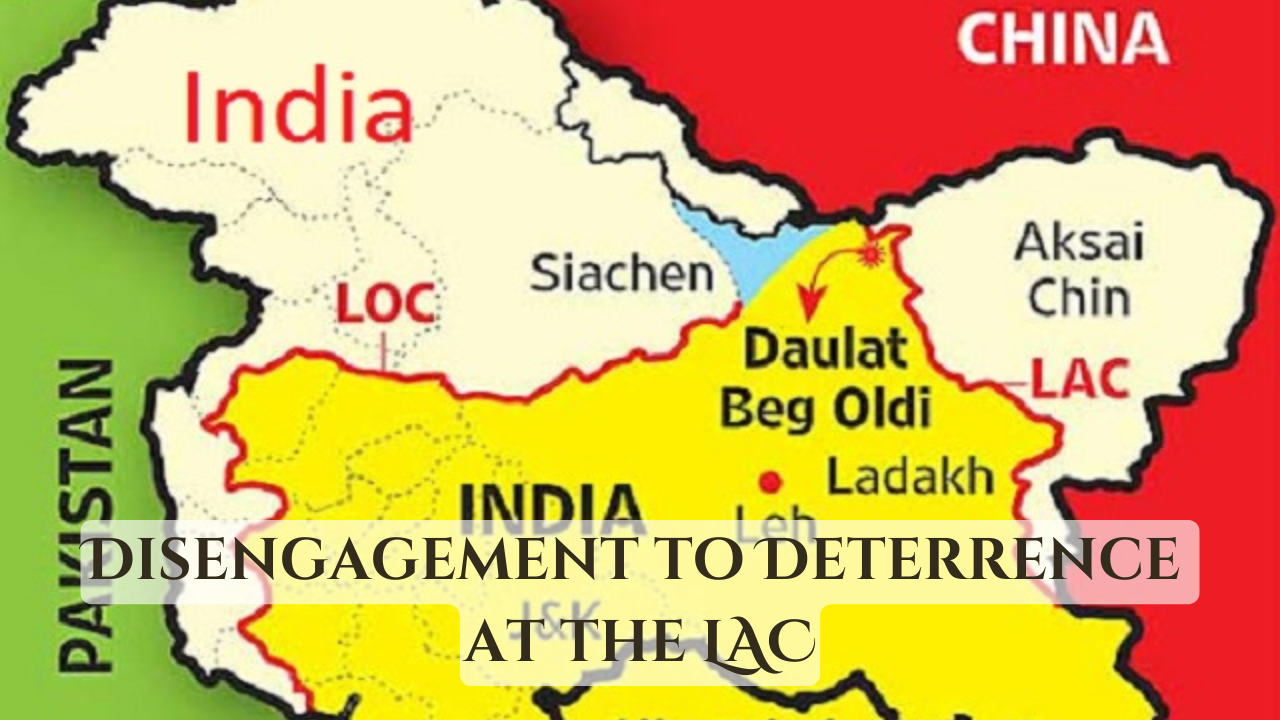Font size:
Print
Loss and Damage Fund (LDF)
Context:
Following the recent devastating landslides in Kerala’s Wayanad district, a key discussion has arisen about whether subnational entities can seek compensation through the United Nations Framework Convention on Climate Change (UNFCCC)’s Loss and Damage Fund (LDF).

About the Fund
- The Loss and Damage Fund (LDF) was established during the 2022 UNFCCC Conference (COP27) in Egypt to provide financial aid to regions facing both economic and non-economic losses due to climate change, including extreme weather events and gradual changes like rising sea levels.
- The LDF is managed by a Governing Board, which decides how its resources are allocated, with the World Bank acting as the interim trustee.
- The Board is currently working on mechanisms for accessing the Fund, such as direct access, small grants, and rapid disbursement options.
- However, concerns remain that climate funds are often too slow to be of immediate help after disasters, especially for local communities. Similar challenges are expected for the LDF.
- Previous experiences with climate finance indicate that funds can be slow to mobilise, which poses challenges for local communities needing urgent assistance.
- Developed nations have been hesitant to commit substantial financial resources to the LDF, raising concerns about the fund’s sustainability and effectiveness in addressing the needs of vulnerable populations.
India’s Role
- India has experienced over $56 billion in damages from weather-related disasters between 2019 and 2023.
- Despite this, its National Climate Action Policy and budgets have emphasised mitigation efforts over adaptation, resulting in limited involvement in Loss and Damage discussions at COP meetings.
- With several regions in India highly vulnerable to climate impacts, greater participation in these talks could offer significant benefits.
- Domestically, there is a pressing need for a clear legal and policy framework to streamline climate finance, especially for adaptation and loss and damage, in line with principles of locally-led adaptation for vulnerable communities.
- The introduction of a climate finance taxonomy in the Union Budget 2024 has raised hopes for increased international climate funding.
- However, without clear guidelines for accessing loss and damage funds within India, vulnerable communities remain at risk.
- India should advocate for more decentralised fund disbursement methods from the LDF in international climate negotiations rather than relying on the centralised systems used for other climate funds.
State Interventions
- State interventions often play a crucial role in managing the impacts of climate change.
- For example, in Kerala, the State government took on the bulk of the financial responsibility for disaster recovery following the devastating floods of August 2018.
- The Rebuild Kerala Development Programme, launched in response, exemplifies this effort. Funded through loans from the World Bank and the German KfW Development Bank, this program aimed to rebuild the State’s damaged infrastructure, including roads and bridges.
- Despite these efforts, there is a notable gap in the standardised assessment of disaster-related damages, particularly for slow-onset events.
- Developing a more explicit domestic policy framework for local adaptation and establishing clearer guidelines for accessing loss and damage funds could enhance India’s capacity to manage climate change impacts more effectively.

